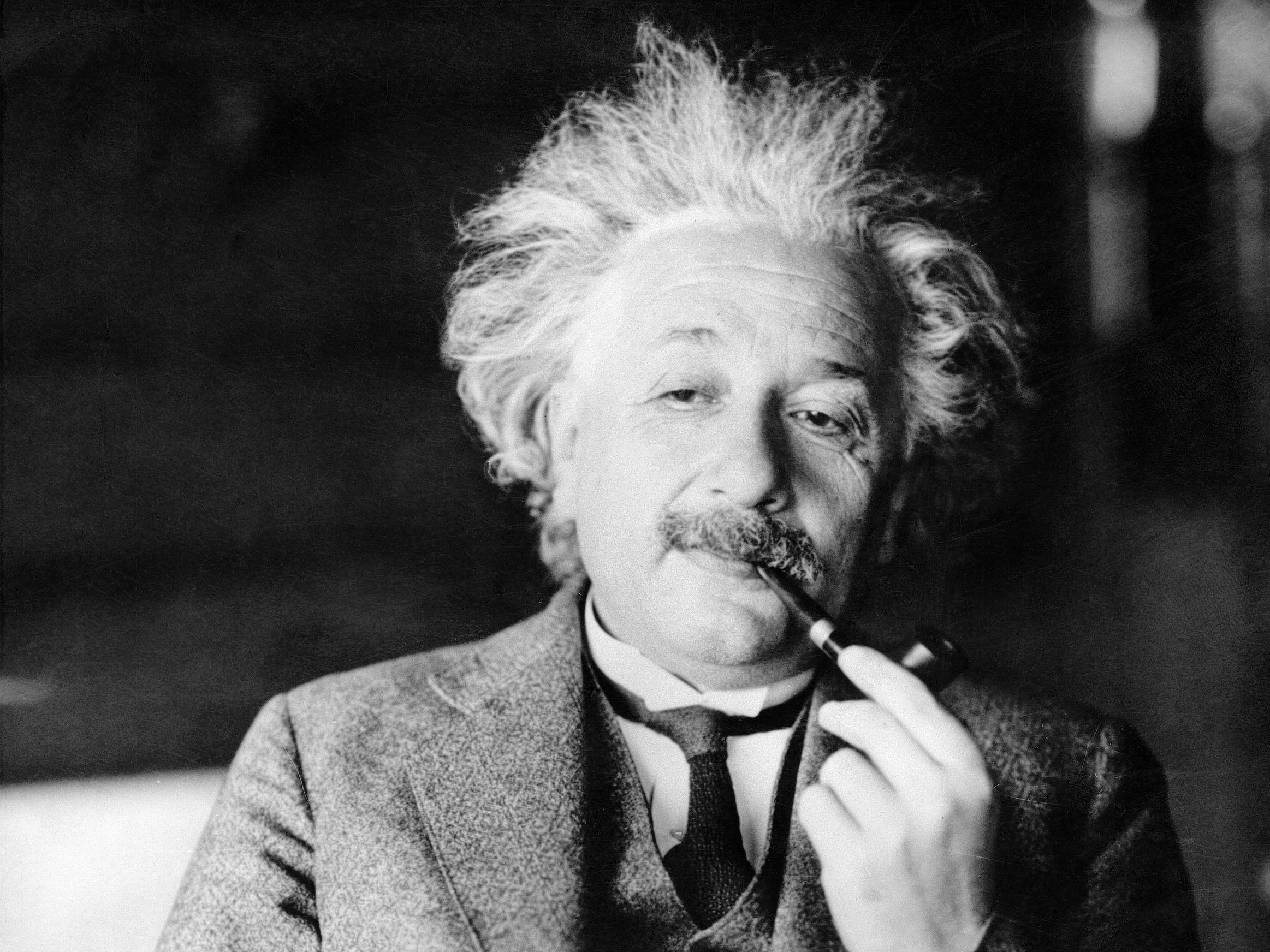In recent years, 3D printing has revolutionized the way we manufacture products. This technology has enabled us to create complex objects with unprecedented speed and accuracy. From medical implants to aerospace components, 3D printing is transforming the way we make things.
3D printing, also known as additive manufacturing, is a process in which objects are created by adding layer upon layer of material. This process is much faster and more efficient than traditional manufacturing methods, such as injection molding or machining. 3D printing also allows for greater customization, as objects can be designed to meet specific requirements.
The most common type of 3D printing is Fused Deposition Modeling (FDM). This process involves melting a plastic filament and depositing it in layers to create an object. FDM is used to create a wide range of products, from toys to medical implants.
Another type of 3D printing is Selective Laser Sintering (SLS). This process uses a laser to fuse together small particles of plastic, metal, or ceramic powder. SLS is used to create complex objects with intricate details.
3D printing has revolutionized the way we manufacture products. It has enabled us to create complex objects with unprecedented speed and accuracy. It has also allowed us to customize products to meet specific requirements.
3D printing is also more cost-effective than traditional manufacturing methods. It requires less material and labor, and it can be used to create objects in small batches. This makes it ideal for prototyping and short-run production.
3D printing is changing the way we make things. It is revolutionizing the manufacturing industry and opening up new possibilities for product design and development. As the technology continues to evolve, it will no doubt continue to revolutionize the way we make things.




